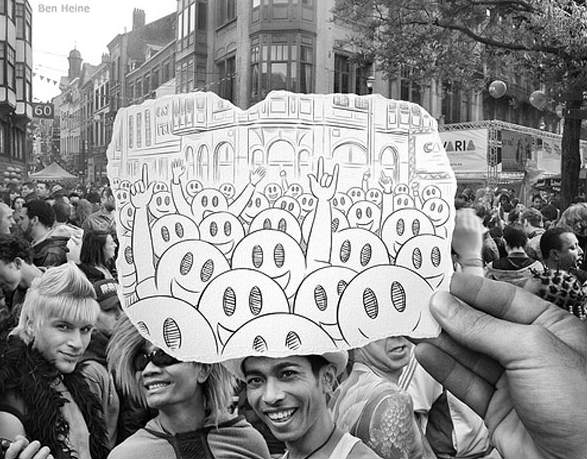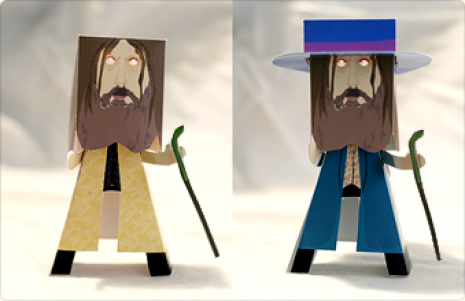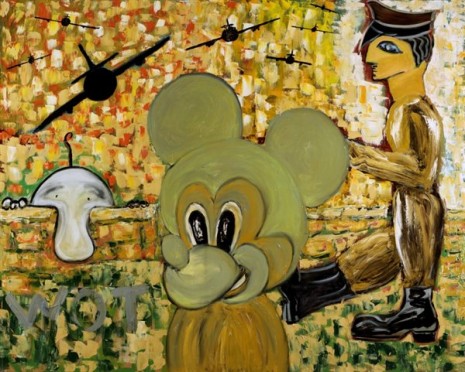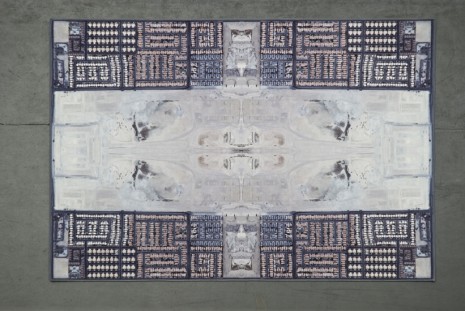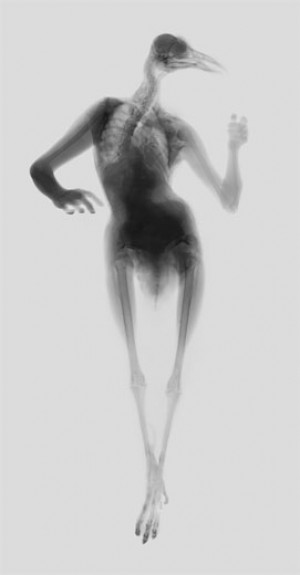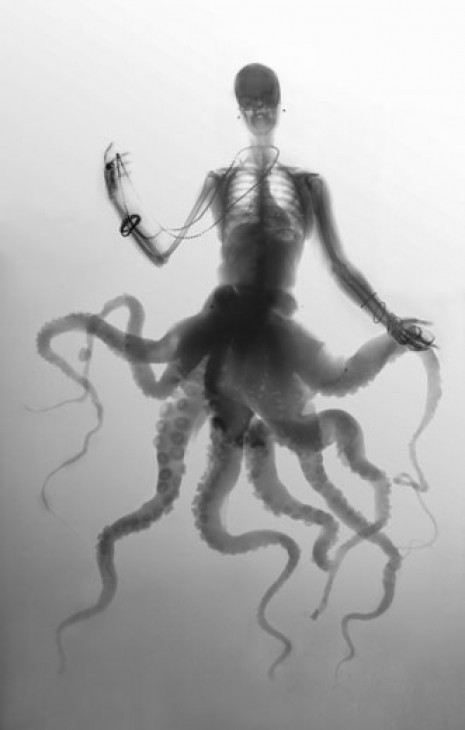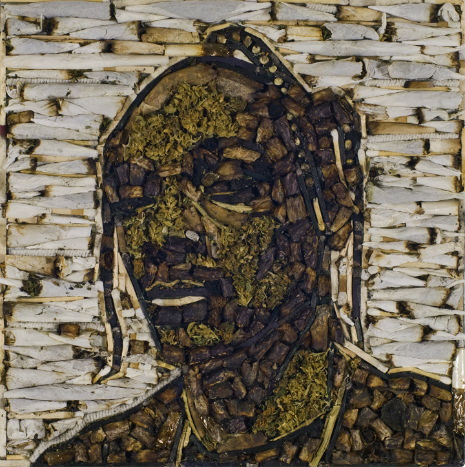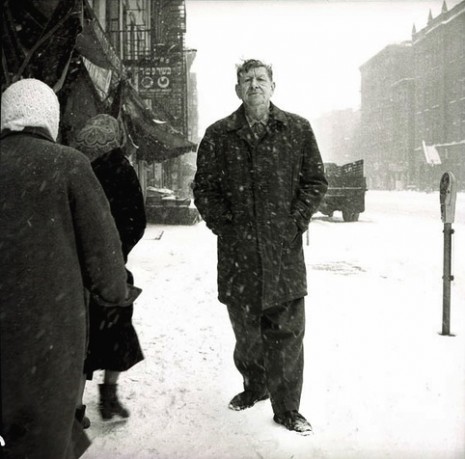
Home is where the art is for four different groups of writers, who lived and worked together under one roof, experiencing a cultural time-share that produced diverse and original works of literature, art, and popular entertainment.
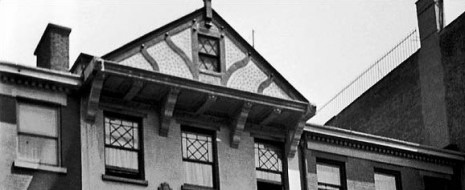
The February House
Between 1940 and 1942, “an entire generation of Western culture” lived at 7 Middagh Street, Brooklyn. The poet W. H. Auden was house mother, who collected rents and doled out toilet paper, at 2 sheets for each of his fellow tenants, advising them to use “both sides”. These tenants included legendary stripper, Gypsy Rose Lee, novelist Carson McCullers and a host of other irregular visitors - composer Benjamin Britten, singer Peter Pears, writers Jane and Paul Bowles and Erika and Klaus Mann, Salvador Dali, a selection of stevedores, sailors, circus acts and a chimpanzee.
Auden wrote his brilliant poem New Year Letter here and fell obsessively in love with Chester Kallman, and attempted to strangle him one hot, summer night - an event that taught Auden the universal potential for evil. On the top floor, Carson McCullers escaped from her psychotic husband, and wrote Reflections in a Golden Eye, The Member of the Wedding, while slowly drinking herself to an early death.
On the first floor, Gypsy Rose Lee created her legend as the world’s most famous stripper, wrote her thriller The G-String Murders, offered a shoulder to cry on, and told outrageous tales of her burlesque life.
Known as the “February House”, because of the number of birthdays shared during that month, 7 Middagh St. was a place of comfort and hope in the desperate months at the start of the Second World War.
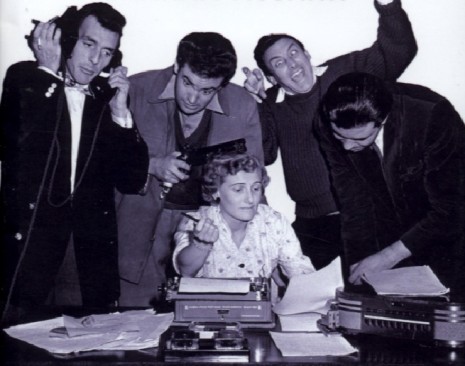
The Fun Factory
The scripts that came out of 9 Orme Court in London, changed world comedy. And if Spike Milligan hadn’t gone mad and attempted to murder Peter Sellers with a potato peeler, it may never have all happened.
Milligan was the comic genius behind The Goons, and the stress of writing a new script every week, led to his breakdown. The need for a place to work, away from the demands of family, home and fame, brought Milligan to share an office with highly successful radio scriptwriter, Eric Sykes.
The first Fun Factory was above a greengrocer on the Uxbridge Road. Here Sykes, Milligan, comedian Frankie Howerd and agent Scruffy Dale, formed the Writers’ Bloc Associated London Scripts. The idea was to bring together the best and newest comedy writers under one umbrella. Milligan saw ALS as an artists’ commune that would lead to political and cultural change. Sykes saw ALS as a business opportunity to produce great comedy. Frankie Howerd saw it as a source of finding new material.
When Milligan asked two young writers, Ray Galton and Alan Simpson to come on board, the central core of ALS was formed.
This merry band of writers expanded in the coming years to include: Johnny Speight (Till Death Us Do Part); Barry Took and Marty Feldman (The Army Game and Round the Horne); Terry Nation (Dr Who and the Daleks); John Antrobus (The Bed-Sitting Room); and with a move to the more suitable offices of 9 Orme Court, ALS was established as the home of legendary British comedy.
Milligan continued successfully with The Goons, before devising the groundbreaking Q series for television. Sykes began his long and successful career with his own TV show. While Galton and Simpson created the first British TV sitcom, Hancock’s Half-Hour, and then the massively influential Steptoe and Son.
9 Orme Court was once described, as though Plato, Aristotle, Galileo and Leonardo Da Vinci were all living in the same artist’s garret.

The Beat Hotel
A run-down hotel in the back streets of Paris was unlikely setting for a Cultural Revolution, but the Sixties were seeded when poet, Allen Ginsberg William Burroughs, Gregory Corso, and Bryon Gysin moved into the Beat Hotel, at 9 Git le Coeur, in the late 1950s.
The literary revolution that started with Ginsberg’s Howl in America was formalised and expanded in the cramped, leaky, piss-smelling hotel rooms at 9 Git le Couer.
Ginsberg wrote part of Kaddish here, as he came to terms with the madness and death of his Mother. First to arrive, Ginsberg was also be first to check out, travelling in search of enlightenment to India.
The wild and romantic Corso produced his best books of poems “Gasoline” and “Bomb”, whilst living the life of an American abroad.
But it was Burroughs who gained most from his four-year on-and-off stay in Git le Coeur. Here he completed Naked Lunch, and wrote the novels The Soft Machine, The Nova Express, The Ticket that Exploded, and together with Bryon Gysin devised the cut-up form of writing, indulged in seances, Black Magic and tried out Scientology.
Like Middagh Street, the Beat Hotel was a cultural and social experiment that sought to inspire art through shared experiences.
Passport from Pimlico
It started with a bet. Three young writers sitting watching Mick Jagger on Top of the Pops, in a flat in Pimlico during the 1960s. The bet was simple, which of the 3 would make the big time first?
It was the kind of idle chat once made soon forgotten, but not for these 3 young talents, Tom Stoppard, Derek Marlowe and Piers Paul Read.
Read and Marlowe believed Stoppard would hit the big time first, but they were wrong, it was Marlowe in 1966 with his cool and brilliant spy thriller A Dandy in Aspic, made into a film with Laurence Harvey, Mia Farrow, Tom Courtney and Peter Cook.
Stoppard was next in 1967, with his play Rosencrantz and Guildenstern Are Dead. Then Read with Alive the story of Andes plane crash in 1974.
All 3 were outsiders, set apart from their contemporaries by their romanticized sense of Englishness, which came from their backgrounds. Read was a brilliant Catholic author, favorably compared to Graham Greene; Stoppard, a Czech-émigré, and Marlowe, a second generation Greek, who was for “heroes, though if not Lancelot or Tristan, heroes” who appeared “out of the mould of the time.” All three writers were to become the biggest British talents of the 1970s and 1980s.
Previously on Dangerous Minds
A Dandy in Aspic: A letter from Derek Marlowe
